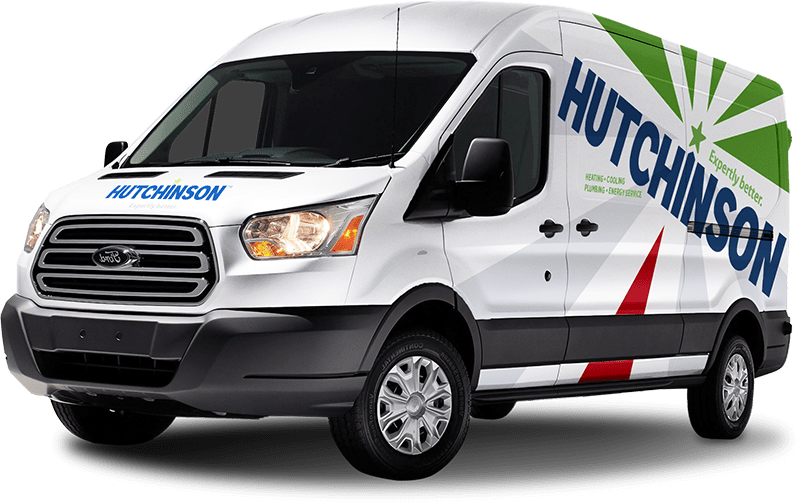Sump Pump Installation & Replacement in New Jersey
New Jersey homes near the coastline often benefit from having a sump pump on site. These systems can help reduce the chances of flood damage and other water-related problems. If the drainage system malfunctions, the property will have the same water issues as any other home on the block.
Want to upgrade your home with additional protection from potential disasters? Hutchinson plumbers have the licensing and insurance necessary to install sump pumps in New Jersey homes. Call us to ask about our sump pump installation services today.
What Does a Sump Pump Do?
A sump pump extracts water from parts of your home to minimize hazards associated with flooding. The system includes a pump basin—also called a sump pit—that removes the water, and a floating switch. If the switch activates inside the sump pit, the system turns on and moves the water to outgoing systems.
In addition to removing water, the pump reduces the chances of mold and mildew growth as well as fire hazards. Mold growth can negatively affect your health and cause substantial property damage. Flooding can also cause electrical discharge that prompts a fire. That’s why many New Jersey homeowners include a sump pump in their basement waterproofing plan. This system goes a long way when it comes to water damage prevention, especially in locations that are prone to flooding. A sump pump replacement can also help homeowners with ineffective or outdated systems that need an upgrade.
Types of Sump Pumps
Manufacturers have developed several types of sump pump systems to suit various flooding circumstances and installation budgets. While some constitute a different kind of pump, others may have additional features that make a traditional pump more convenient:
- Submersible: A sump pump system where installers place the pump motor in the sump pit, submerging it underwater. These pumps often operate via water pressure.
- Pedestal: Unlike the submersible pump, the pedestal pump motor sits above the sump basin and outside the water. These pumps often operate via electricity instead of water pressure.
- Battery Backup: Because many sump pumps use electric power to move water through their system, a battery backup ensures the system works during power outages.
- Combination: A combination system uses two different power sources for their pumps. One motor will use water pressure, electricity, or battery, and the other should use a different energy source for versatility.
- Sewage Pump: Instead of pumping water to locations they shouldn’t be, these pump sewage waste into the closest septic system.
You can have either a battery-powered submersible or a combination-style pedestal sump pump depending on your needs. Speak with a plumbing specialist to consider your options for professional sump pump installation services. If you already have a pump system but are experiencing problems with its operation, we can help diagnose and resolve them.

Sump Pump FAQs
Sump pumps themselves along with the installation process can cost hundreds of dollars. However, the investment into your property often helps you avoid more expensive property problems later, like water or flood damage repairs.
We understand you might have questions. That’s why we’ve answered some below.
1. How long do sump pumps normally last?
Normally, sump pumps last about 10 years if they receive consistent care and maintenance.
2. How do I know when it’s time to replace my sump pump?
You may want to replace your sump pump if you notice it runs constantly, makes banging or rattling noises, or requires constant declogging. You should also consider a replacement if you call a professional for sump pump repairs several times a year.
3. What are some of the most common sump pump problems?
The most common sump pump problems include:
- Clogged pumps and switches
- Losing power to the sump pump
- The pump running non-stop due to technical errors
- Having a sump pump poorly suited for the amount of water intake on the property
A professional consultation can help improve the chances of having a durable sump pump installation.
4. Where should I install a new sump pump?
You should install a new sump pump in the lowest place inside your building. Because water flows downwards, the position increases the chances the sump pump will collect and remove the water.
Schedule a Sump Pump Installation With Hutchinson
Hutchinson’s expert plumbers help New Jersey homeowners with all their plumbing needs, including sump pump installations, replacements, and repairs. For over 50 years, we’ve delivered reasonable pricing and industry-leading service to our neighbors. We also offer financing options and specialty coupons to make our services even more affordable. To speak with one of our top-quality customer service representatives or schedule your free consultation, call Hutchinson at 1-856-208-5993.
Call us now for fast, reliable emergency plumbing services in your area!

